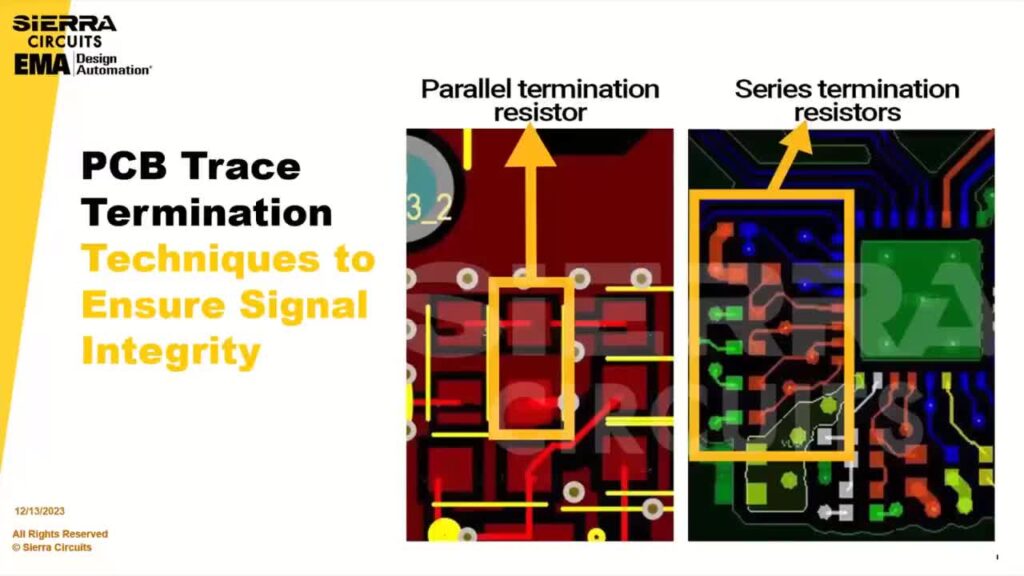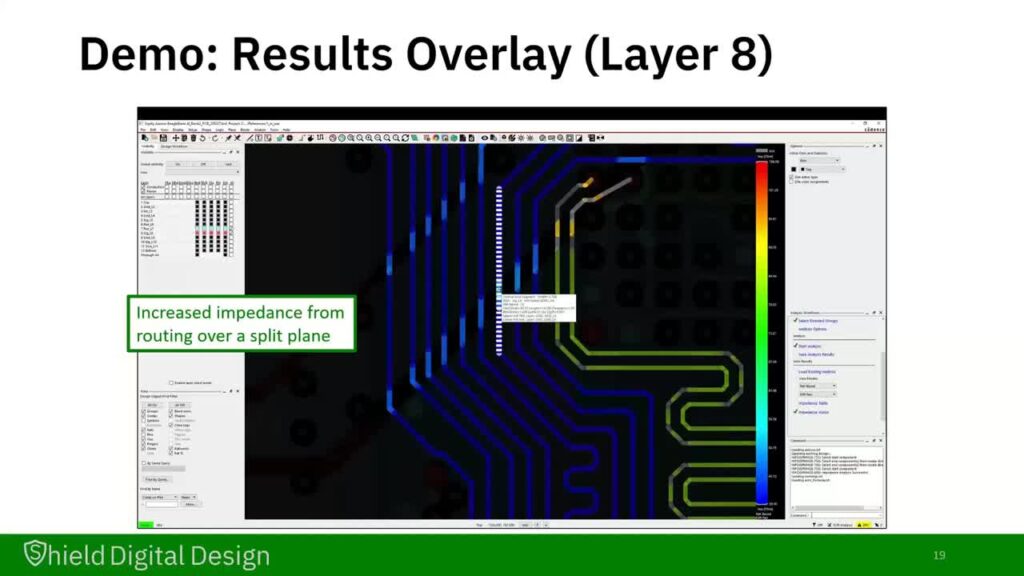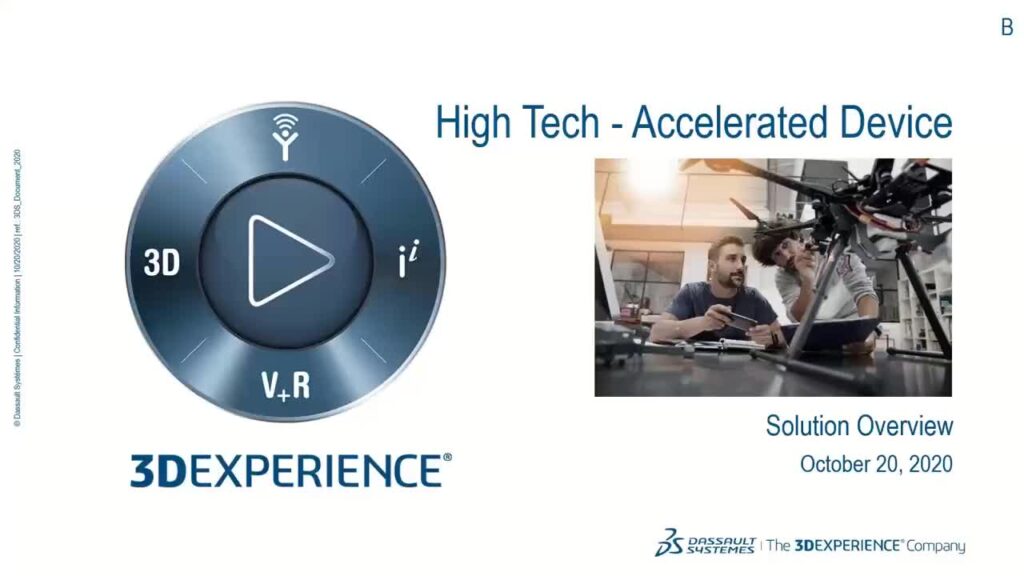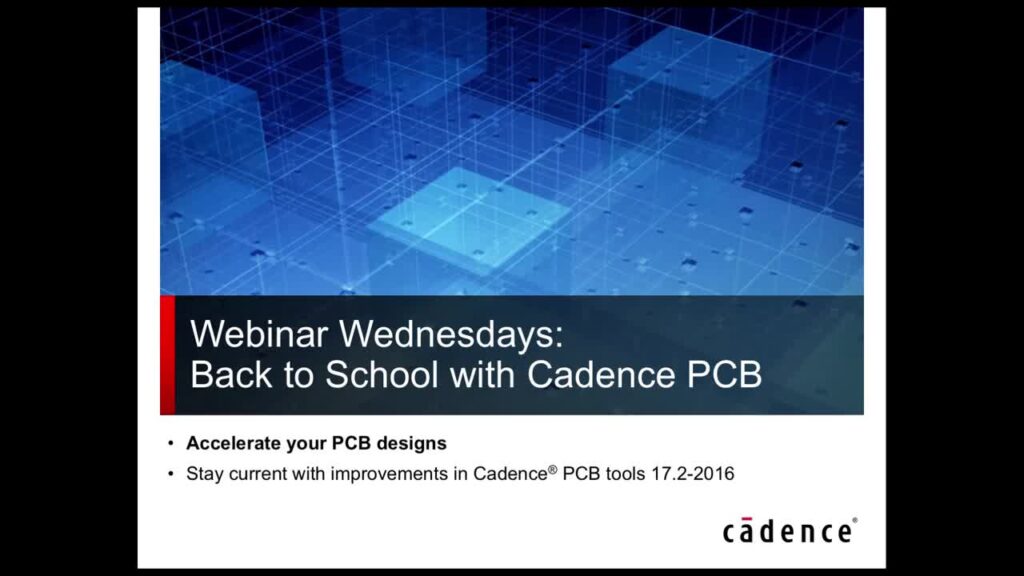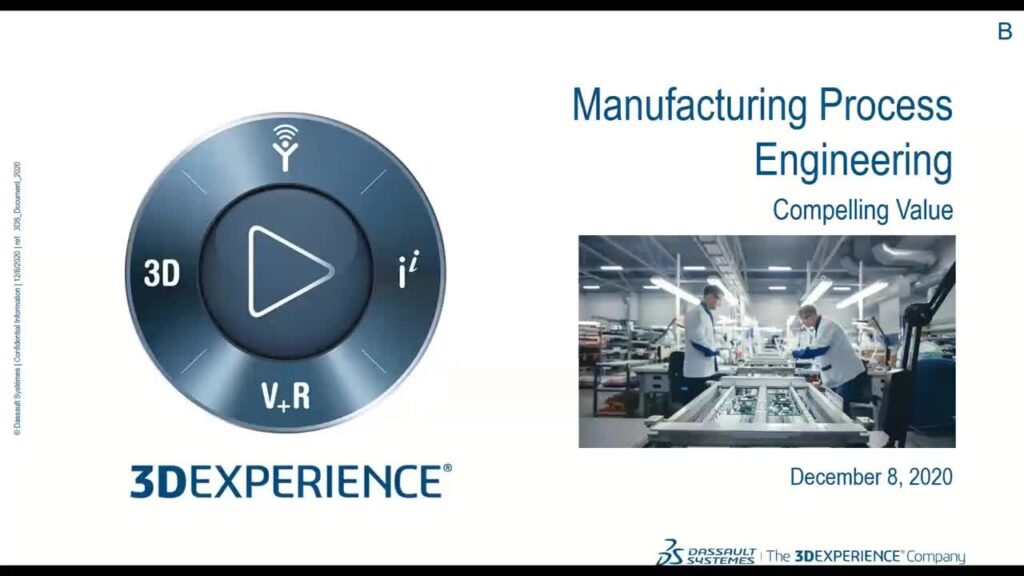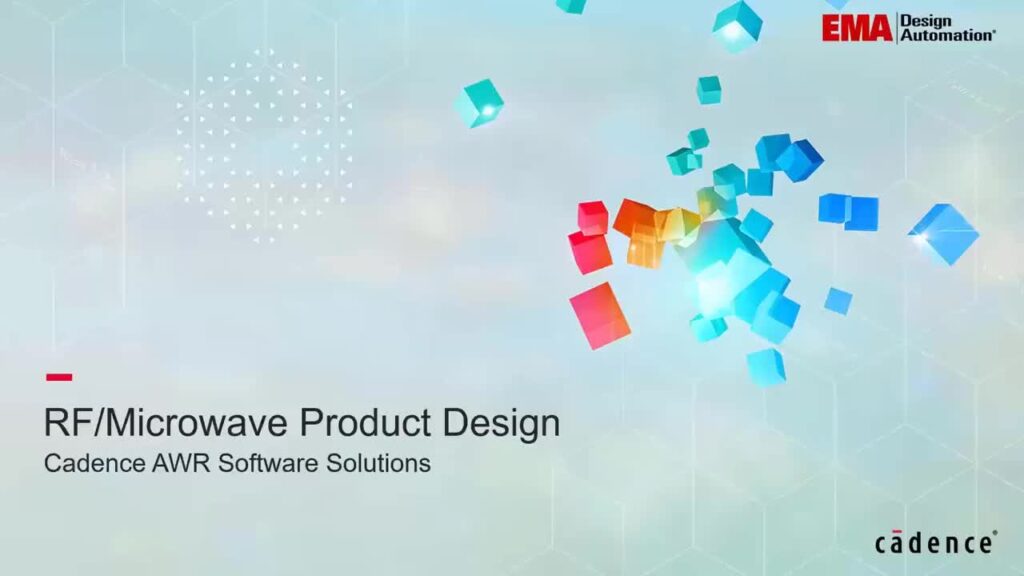The advancement of Flex PCBs offer many advantages for both the physical designer and the manufacturer. The ability for the PCB to be molded and bent without breakage can lead to smaller designs that are lighter and take up less space all while resisting vibrations and other disruptions from its environment. Furthermore, they allow better airflow, heat dissipation, lower assembly costs, and a reduction in assembly errors.
In order to benefit from all that flex PCBs have to offer, you must have a clear vision of the printed circuit boards functionality, familiarize yourself with the design rules and follow strict guidelines. Join us to learn how to get started – or improve – your flex PCB designs.


